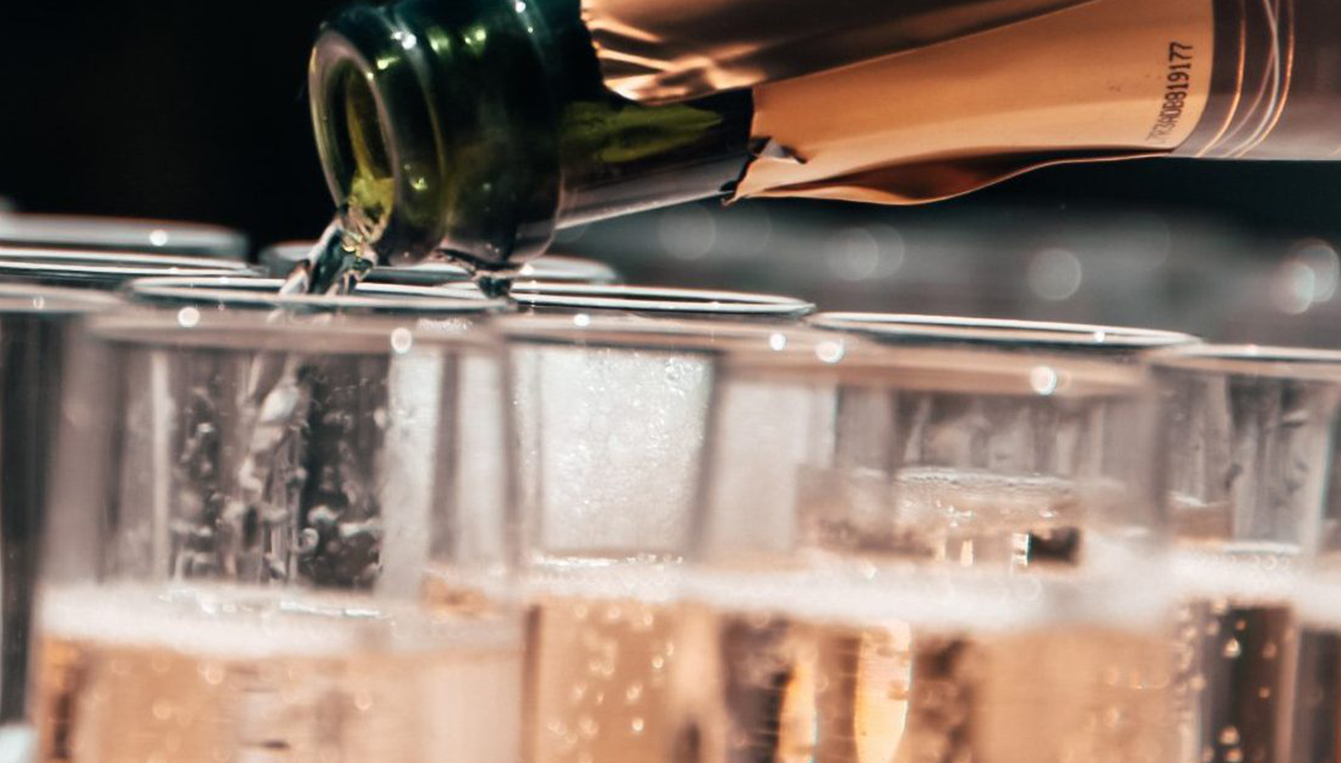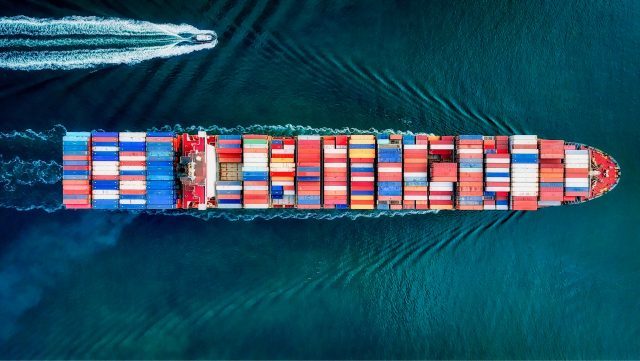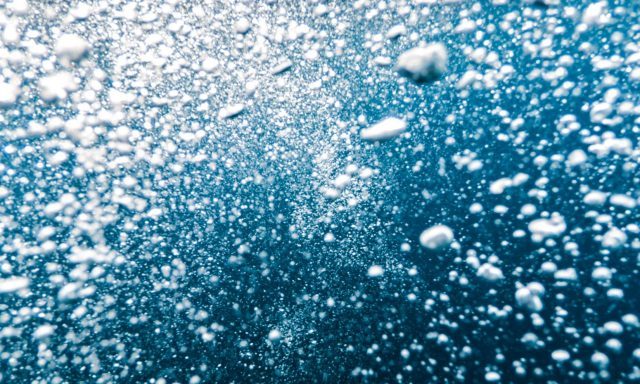Alex Odom
Data Centers | Market Leader
Associate Principal

One of my favorite sounds is the fizz of a fountain soda. You can see the bubbles dance around the glass and jump up into the air as they emit a steady hiss. However, not all bubbles sound the same: you don’t hear much from the foamy head atop a nitro beer, the rapid effervescence of champagne has its own quality, and a sad, flat bottle of pop that has lost its carbonation doesn’t even sound refreshing, not even to speak of taste. Bubbles are resonant objects, and their sound depends on their size and the properties of the liquid surrounding them and the gas within. Scientists have been able to observe the size distribution of bubbles in a drink just by listening to them burst, where tinier bubbles make higher frequency sounds. Bubbles and acoustics are very intertwined, beyond the domain of beverages. Bubbles are responsible for a powerful acoustic phenomenon, cavitation, that can destroy ship propellers, has been harnessed by animals to stun prey, and can even release energy in the form of light. In their less destructive applications, bubbles can reduce underwater noise, improve the cleaning of mechanical parts, and increase the efficacy of drug treatments.
Cavitation is a phenomenon during which a bubble that has formed in a liquid rapidly collapses, releasing a shock wave. This release of energy means lots of force, lots of energy, and lots of noise. In the ocean, millions of these very small bubbles form around the propeller of a ship and produce a loud knocking noise when they implode. After long periods of time, these repeated blows can cause severe damage to the propeller. Acentech’s own, Michael Bahtiarian recently chaired a technical workshop for Transport Canada of the Canadian Government on the state of affairs in underwater noise and quiet ship design in London, England. The loudest source of noise from a ship is the propeller, and the most problematic cause of propeller noise is cavitation.

Cavitation is a naturally occurring phenomenon. A small creature known as a mantis shrimp uses cavitation to stun its prey. The mantis shrimp strikes its prey with a quick blow that creates cavitation. Ultimately, it hits its prey twice, first with the physical blow, then, shortly after, the bubbles formed by the strike cavitate, producing a shock wave that stuns the creature a second time. Cavitation can also be induced by the application of an ultrasonic acoustic field. One of the most interesting phenomena arising from induced cavitation that has intrigued physicists and acousticians alike is sonoluminescence, a process under which a sound wave of sufficient intensity causes extremely violent cavitation and the release of light in quick (a few hundred picoseconds) flashes.
The interaction between bubbles and sound fields is used in a variety of real-world applications. Ultrasonic cleaning uses cavitation bubbles to agitate a liquid bath to remove contaminants adhering to the surfaces of objects, such as jewelry, surgical instruments, industrial parts, and electronic equipment. The microscopic bubbles can penetrate hard to reach places such as blind holes, cracks, and recesses within objects of complicated geometry. There is a broad range of medical applications for cavitation. Ultrasound-driven bubbles can aid in drug delivery via a couple of different ways. The shear stresses imposed from cavitation at tissue interfaces can increase the permeability of membranes (sonoporation) to allow for the transfer of drugs. Studies have shown that the blood-brain barrier can be reversibly opened to bring drugs directly to the brain. Scientists have been able to develop a vaccine patch containing tiny cavitation nuclei that permeate the skin for transdermal transport of drugs when exposed to ultrasound for needle-free immunization. The tiny bubbles can also be used to encapsulate medicine so that when they are hit with blasts of focused ultrasound, they will release the drugs at a specific point within the body.

Boston University’s own Dr. R. Glynn Holt is one of the leading experts on bubble acoustics. I was able to talk to him about some of his current research, which includes work on the detection of cavitation in fuel injectors, which can affect spray patterns and thus fuel efficiency. He is also investigating a non-invasive method using bubbles to target and break up scar tissue that can form in the abdomen after surgery, an issue that currently is only solved by more surgery. Finally, he is working to characterize the properties of ice bubbles that form temporarily during cavitation to determine if it could be a new amorphous phase of ice (you may not know that there are currently 18 known solid crystalline phases of water and an amorphous solid state).
While cavitation creates lots of noise, bubbles also have unique acoustic applications in the reduction of noise. Underwater noise pollution has increased greatly in recent years. Another particularly noisy activity in our ports outside of ships is underwater construction. Offshore oil rigs and wind farms are placed on large steel foundation piles, which are driven into the seabed with large impact hammers, otherwise known as pile drivers. Noise impacts can be great enough to stun or kill aquatic creatures near the construction areas. An air-bubble curtain is often applied to reduce the noise from pile driving. A wall of air bubbles is created in a ring around the pile driver. The noise reduction comes from the impedance mismatch between the ocean water and the bubbles. The difference in density and compressibility between the two media creates an effective barrier to sound propagation. Humpback whales take advantage of this phenomenon, creating bubble nets to catch their prey. When feeding, they emit air from their blowhole to create a cylindrical cloud of bubbles with a calm, bubble-free center. Their spiral bubble net traps the loud calls they emit, making a wall of sound in the bubble curtain. The fish don’t want to enter this noisy curtain, so they congregate in the quiet zone in the center. The whales then lunge up to feed on the groups of fish.
So next time you crack open a carbonated beverage, hear the plink of a dripping tap or admire a babbling brook, I hope you’ll appreciate the powerful acoustics of bubbles.